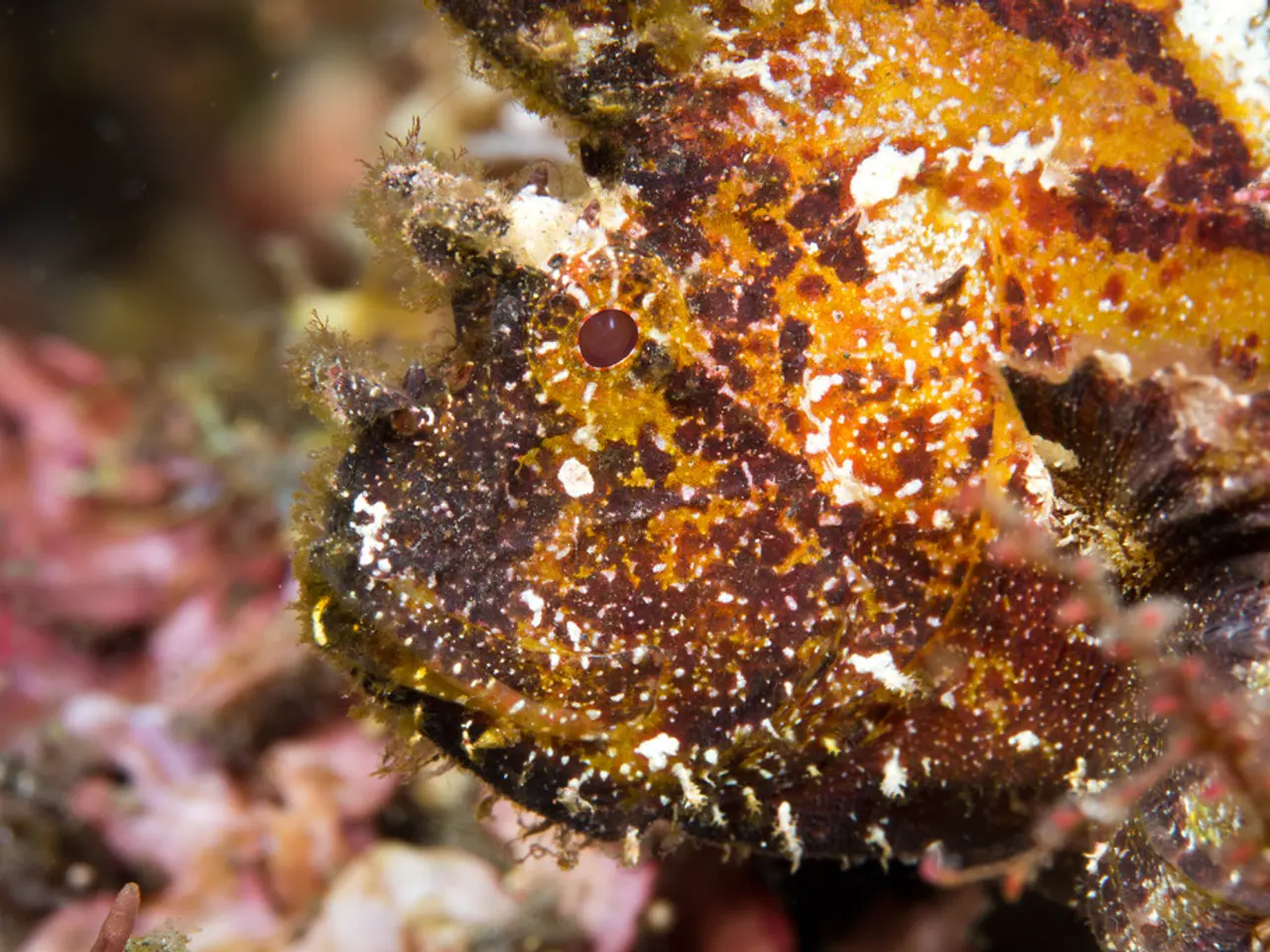Researcher at Lehigh University Advances Underwater Dialogue with Turbostat Equalization Technique
Rosa Zheng, a professor of electrical and computer engineering at Lehigh University, has launched her own company, Sea-Gal Technologies, to bring her groundbreaking underwater communication project to market.
In 2023, Zheng entered Sea-Gal Technologies in the iDEX Underwater Communication Challenge and won a $50,000 prize. The project aims to improve underwater acoustic communication, making it more reliable, safer for marine ecosystems, and faster.
Zheng's motivation for starting her own company was to produce something meaningful beyond publishing academic papers. She hired a Lehigh student and applied for additional funding using the prize money from the iDEX Underwater Communication Challenge.
During the 2024-25 academic year, Zheng took a sabbatical to work on the business side of Sea-Gal Technologies. The company has since received the National Oceanic and Atmospheric Administration (NOAA) Ocean Enterprise Accelerator Award and an award from America's Seed Fund powered by the National Science Foundation (NSF).
The project, called "Acoustic Modems for Real-Time Underwater Wireless Communications," has been selected as one of five Strategic Research Translation Projects (STRPs) through Lehigh's Research Translation AcceLUrator (RTA) program. The RTA program is a part of the National Science Foundation's Accelerating Research Translation (ART) initiative, dedicated to bridging the gap between academic research and societal impact.
The latest research in high-frequency Multiple-Input Multiple-Output (MIMO) acoustic communication technology for real-time underwater wireless communications is advancing practical high-data-rate, low-latency underwater communication systems. Notably, Zheng and her team have developed a prototype using this technology.
High-frequency MIMO acoustic communication uses multiple transmit and receive transducers to create parallel communication channels in underwater environments, enabling spatial multiplexing that boosts data rates despite the bandwidth and multipath challenges underwater. Combined with advanced signal processing techniques like turbo equalization, these systems can combat intersymbol interference and multipath fading, which are prevalent in underwater channels.
This emerging technology is transforming underwater communication by enabling real-time, broadband data transmission that supports applications such as underwater sensor networks, autonomous underwater vehicle (AUV) coordination, environmental monitoring, and subsea infrastructure inspection. Enhanced communication capabilities improve localization, navigation, and operational coordination in underwater industries like oceanography, defense, and offshore energy.
Zheng and her team have also developed algorithms to account for difficulties like echo and Doppler effect. The signals used by the prototype are weaker than sonar waves and their frequency is beyond the range that marine mammals can hear. The key technology used to separate the signals is turbo equalization, which involves learning about the echoes and Doppler effect on the fly.
The prototype utilizes multiple underwater transmitters to carry different bits of data simultaneously, increasing the data transmission rate. This innovation addresses traditional system limitations, such as slow data rates and high latency typical of long-range acoustic communications.
The future goal of Sea-Gal Technologies is to develop underwater WiFi base stations for ubiquitous internet connectivity through underwater platforms. This could transform the blue economy and position the U.S. as a leader in underwater communication.
- In addition to her work at Lehigh University, Professor Zheng is also an entrepreneur in the field of renewable energy, specifically focusing on the development of underwater communication technologies.
- The innovation being developed by Sea-Gal Technologies, led by Professor Zheng, involves cutting-edge technology in high-frequency Multiple-Input Multiple-Output (MIMO) acoustic communication.
- Zheng's research aims to positively impact various industries, such as oceanography, defense, and offshore energy, by improving communication capabilities within underwater environments.
- The team at Sea-Gal Technologies is working to enhance the reliability, speed, and safety of underwater acoustic communication while minimizing its impact on marine ecosystems.
- A key aspect of the project is the utilization of advanced signal processing techniques like turbo equalization to combat intersymbol interference and multipath fading in underwater channels.
- One of the advantages of the high-frequency MIMO acoustic communication technology is its ability to establish multiple parallel communication channels, thereby increasing the data transmission rate.
- The focus on data-and-cloud-computing and personal-growth through education-and-self-development has driven Zheng to transform her research into practical applications, such as underwater WiFi base stations.
- The development of underwater WiFi base stations has the potential to significantly contribute to the blue economy and position the U.S. as a leader in the global market for underwater communication.
- Environmental-science research is also a significant part of the project, as the team is working to ensure their technology does not negatively impact marine ecosystems, especially in regards to marine mammals.
- The evolution of underwater communication technology could lead to various innovative applications, such as underwater sensor networks, autonomous vehicle coordination, and remote subsea infrastructure inspection.
- Sea-Gal Technologies continues to explore new opportunities in business, finance, space-and-astronomy, and entrepreneurship as it progresses toward its goal of revolutionizing the underwater communication industry.




